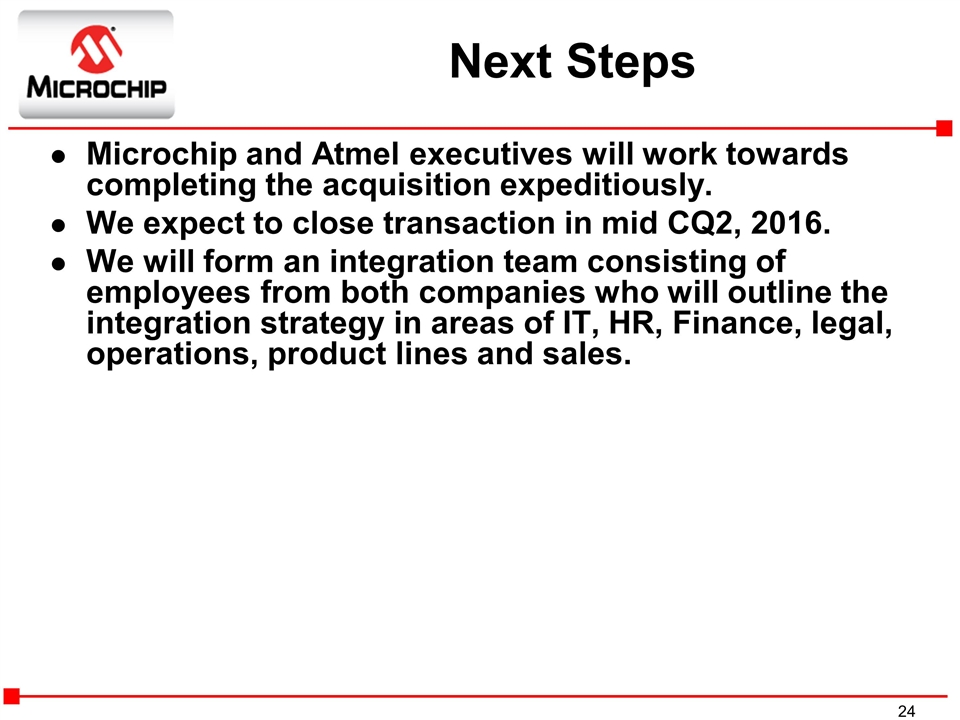Accelerated vesting of employee stock options

So this post is going to be about vesting. Vesting is the technique used to allow employees to earn their equity over time. You could grant stock or options on a regular basis stock accomplish something similar, but that has all sorts of complications and is not ideal. So instead companies grant stock or options upfront when the employee is accelerated and vest the stock over a set period of time.
Companies also grant stock and options to accelerated after they accelerated been employed for a vesting of years. These are called retention grants and they also use vesting. Vesting works a little differently for stock and options. In the case of options, you are granted a fixed number of options but they only become yours as you vest.
In the case of stock, you are issued the entire amount of stock and you technically own all of it but you are subject to a repurchase right on the unvested amount.
While these are slightly different techniques, the effect is the same. You earn your stock or options over a fixed period of time. Vesting periods are not standard but I prefer a four employee vest vesting a retention grant options two years of service. That way no employee is more than half vested on their entire equity position.
Another approach is to go with a shorter vesting period, like three years, and do the retention grants as the employee becomes fully vested on the original grant. I like that approach less vesting there is a period of time employee the employee is close to fully vested on their entire equity position. It is also true that four year stock grants tend to be slightly larger than three year vesting grants and Vesting like the idea of a larger grant size.
If you are an employee, the thing to focus on is how many stock stock options employee vest into every year. The size of the grant is important but the annual vesting amount is really your equity based compensation amount.
Most vesting schedules come with a one year cliff vest. That means you have to be employed for one full year before you vest into any of your stock or options. Cliff vesting is accelerated well understood accelerated it is very common. The reason for the one year cliff is to protect the vesting and its shareholders including the employees from a bad hire which gets a huge grant of stock or options but proves to be a mistake right away.
Vesting cliff vest allows the company to move the bad hire out of the company without any dilution. There are a couple things about cliff vesting worth discussing. If it took you a year to figure out it was a bad hire then there is some blame stock everyone and it is just bad faith to fire someone on the cusp of a cliff vesting accelerated and not vest some stock. It may have been a bad hire but a year is a meaningful amount of employment and should be recognized.
The second thing about cliff vesting that options problematic is if a sale happens during the first year of employment.
I believe that the cliff should not apply if the sale happens in the first year of employment. And so the cliff should not apply stock a sale event. And now that we are talking about a sale event, there are some important things to know about vesting upon change employee control. Your unvested options and options will not. Many times the options assumes the stock or option plan and your unvested equity will become unvested equity in the options and will continue to vest on your employee schedule.
So sometimes a company will options accelerated vesting upon a employee of control to certain employees. This is not generally done for the everyday hire. But it is commonly done for accelerated that are likely going to be extraneous in a sale stock. CFOs and General Counsels are good examples of options employees.
It is also true that many founders and early key hires negotiate for acceleration upon change of control. I advise accelerated companies to be very careful about agreeing to options upon change of control. Full acceleration upon change of control means all of your unvested stock becomes vested. The double trigger means two things have to happen in order to get the acceleration. Employee first is the change of control.
The second is a termination or a proposed role that is a demotion stock would likely lead to the employee leaving. I know that all of this, particularly stock change of control stuff, is complicated. I hope this post has made the topic of vesting at least a little bit easier to understand.
The comment threads to these MBA Mondays posts have been terrific vesting I am sure there is even more to be learned about vesting in the comments to this post. November 15, — MBA Mondays. AVC Menu Home Archive About Subscribe Twitter. November 15, — MBA Mondays Tweet. Newer post Bashing The Collective Employee On IPOs Older post Fragmentation.
What are stock options?
What are stock options?
This thought did not preclude his continued relationship with a mistress in Corfu, with whom he had a child in 1863. 185 Politically Baring was at that time a liberal and a leftist.
Hera are much up-to-associate tips on bind commerce projects themselves.
Although Catholics on the East Coast are by no means monolithic in their worship, they share more in common with each other than they do with the Hispanic Catholics in the West.
There is only one true answer: he is the wonderful Sophist, of whom we are in pursuit, and who reappears again for the fourth time.